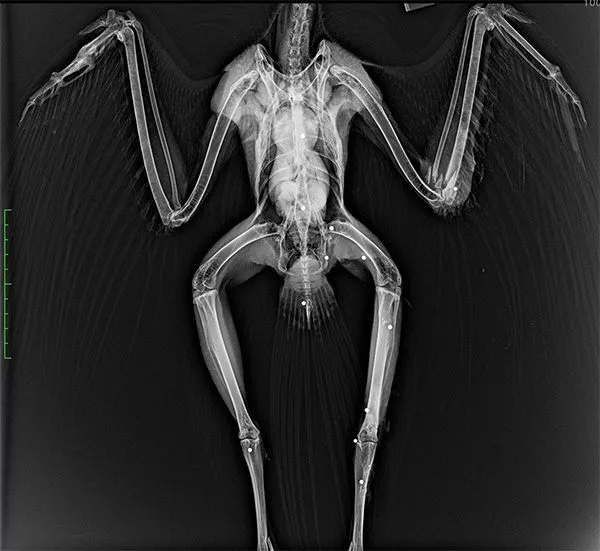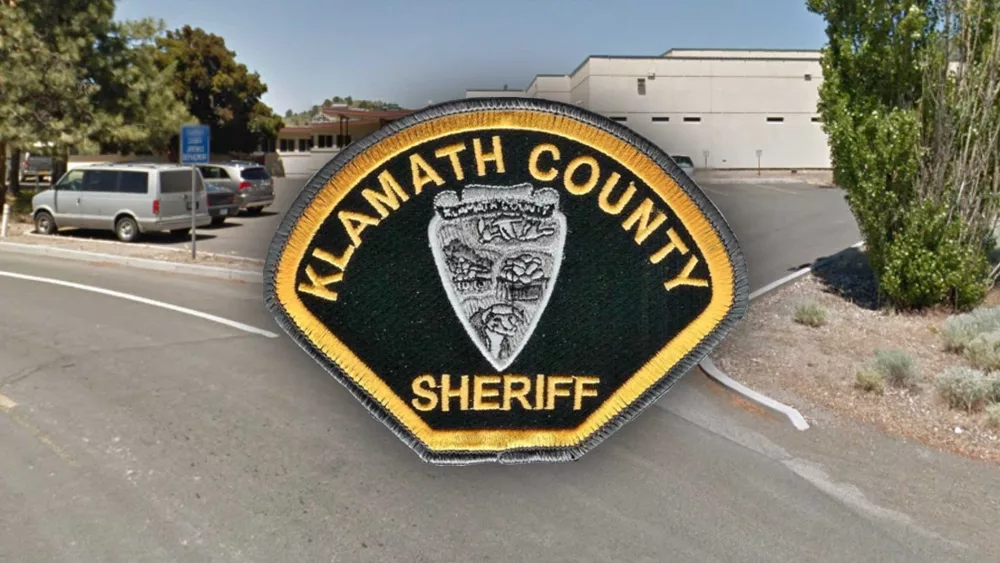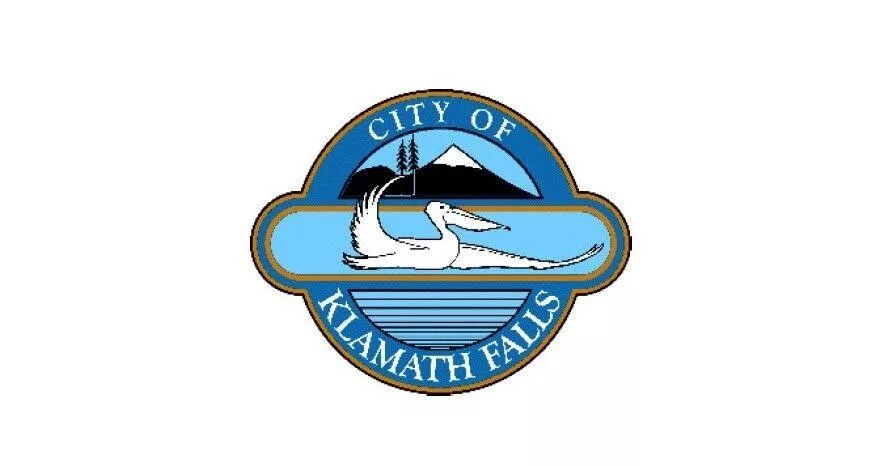X-ray of a hawk with 16 pellets lodged throughout it’s body. Researchers found hundreds of birds shot from power poles and lines in multi-state study. Photo credit: Lynn Thompson, Blue Mountain Wildlife rescue
PENDLETON Ore.- New research from wildlife biologists shows that poachers play a bigger role in the deaths of eagles, hawks, and other birds of prey in the West than previously thought.
Volunteers at the Blue Mountain Wildlife Center in Pendleton got a close look recently at how gunshots can go unnoticed. When a volunteer brought in an injured red-tailed hawk, staff members thought the raptor had been electrocuted on that chilly November day. They sedated the struggling bird to examine its injuries more closely.
Lynn Tomkins, the nonprofit center’s Executive Director, administered an X-ray, to determine if there were broken bones, and to check for gunshot pellets. It is a practice they complete on every injured animal brought to the center.
Tomkins saw 16 bright pinpoints indicating gunshot pellets throughout the bird, embedded from legs to head. Some had healed over. Others were fresh. One pellet, lodged against what would be the shoulder bone on a human, had caused a wing fracture. Hawks with such a wound may survive, but they will never fly and will not survive in the wild. Tompkins increased the sedative to gently euthanized the bird.
The scene plays out often across Oregon.
Gunshot wounds and electrocution appear similar, according to Tompkins. Both have an entry wound, an exit wound, and leave everything in between tattered.
Idaho Power, whose lines connect communities across western states, has had policies and practices since the 1970s to reduce bird mortality, including providing safe nesting areas, and insulating wires. These practices comply with conservation laws for federally protected raptors and help to avoid costly power outages caused by birds flushing from wires, or touching more than one wire, completing an electrical circuit.
Utility programs did reduce electrocution cases, but carcasses continued to accumulate under insulated wires and towers across vast public lands.
Illegal shooting of birds on powerlines was known to occur but was thought to be uncommon. However, in 2014, Idaho Power discovered that in some parts of its service territory, illegal shooting was quite common. While assessing power lines for bird safety, dead birds were frequently found under poles considered safe for birds to perch on. Carcasses were collected and sent to forensics labs for testing. X-rays showed lodged pellets in many cases.
Bird deaths around power lines have long been associated with electrocution- especially if carcasses had burn marks or burned feathers. In 2019, researchers with Boise State University decided to study what portion of birds discovered under powerlines died from electrocution, shooting, or other causes.
From 2019 through 2022, researchers collected bird carcasses along more than 120 miles of power lines, within five study areas on public lands in Idaho, Oregon, Wyoming and Utah. Field teams recovered carcasses of 410 identifiable birds. Of those, 185 were raptors and 132 were corvids (crows and ravens). Because the recovered birds were in various states of decomposition, researchers radiographed each one to try to determine cause of death.
The results were startling.
Of the 91 fresh carcasses that had little decomposition, researchers concluded 53 birds died after being illegally shot. Most birds in all conditions for which a cause of death could be identified, had been shot. Shootings occurred at every study site and gunshots were the most identified cause of death in every location except for one in Wyoming. At that location, the same number of birds died of gunshot as died from electrocution. In some cases, birds were both shot and electrocuted indicating birds likely contacted power lines as they fell to the ground and caused power outages.
Raptor poaching is a crime that reverberates across western fields, prairies and plains. In 2021, Oregon conservationists created a reward fund for people who turn in poachers and information on poaching activities. Oregon Wildlife Coalition has a standing reward of $500 for people who report crimes against raptors, via the Turn In Poachers TIP Line if the report leads to an arrest or citation. OWC has distributed $3,000 to reporting parties since the program started.
“Poaching affects all wildlife in Oregon, including precious animals like raptors,” said Danielle Moser, Wildlife Program Manager for Oregon Wild. The Oregon Wildlife Coalition – a group of wildlife conservation organizations – created a rewards program to raise public awareness about this pervasive problem and encourage Oregonians to turn in poachers.
“Wildlife is an integral part of our natural heritage, and we must do everything we can to preserve that,” Moser said.
Killing for the thrill of it tops the list of motives, and birds, whether in flight or perched, offer an inviting target. But there are other motives for illegal kills that involve protected raptor species.
Poaching is the second leading cause of death of golden eagles, after poisoning, according to researchers. Raptors- especially eagles- are sacred to many Native Americans, and U.S. law prohibits anyone from killing, wounding, or disturbing the birds or taking eggs without having a permit. Markets for these products lead to indiscriminate and illegal poaching in remote areas.
In Nov. 2024, a Montana resident was sentenced to four years in prison and ordered to pay more than $700,000 in restitution to the federal government for his role in a wildlife parts trafficking ring. Along with his co-conspirators and supported by a market hungry for eagle and hawk feathers, talons and other parts, the ring poached thousands of raptors, then trafficked parts through illegal networks. According to prosecutors, the operation illegally killed and trafficked the parts of hundreds of birds each year, for at least 40 years.
Wildlife advocates wish it were a different story.
“What we do to the natural world we do to ourselves, Tomkins said, “We are all connected.”
Reports from the public are essential in stopping poachers. Provide the date, time, and location of the incident, and if possible, a description of the vehicle and people involved, and a license plate number. Activities that might indicate illegal shooting includes shooting or spotlighting at night, shooting outside of hunting season, or shooting toward power poles or lines. Learn more at: https://www.
How to Report a Wildlife and/or Habitat Law Violation or Suspicious Activity:
TIP Hotline: 1-800-452-7888 or *OSP (*677)
TIP email: TIP@osp.oregon.gov (monitored Monday through Friday 8 a.m. to 5 p.m.)
For more information visit: www.oregon.gov/osp/





